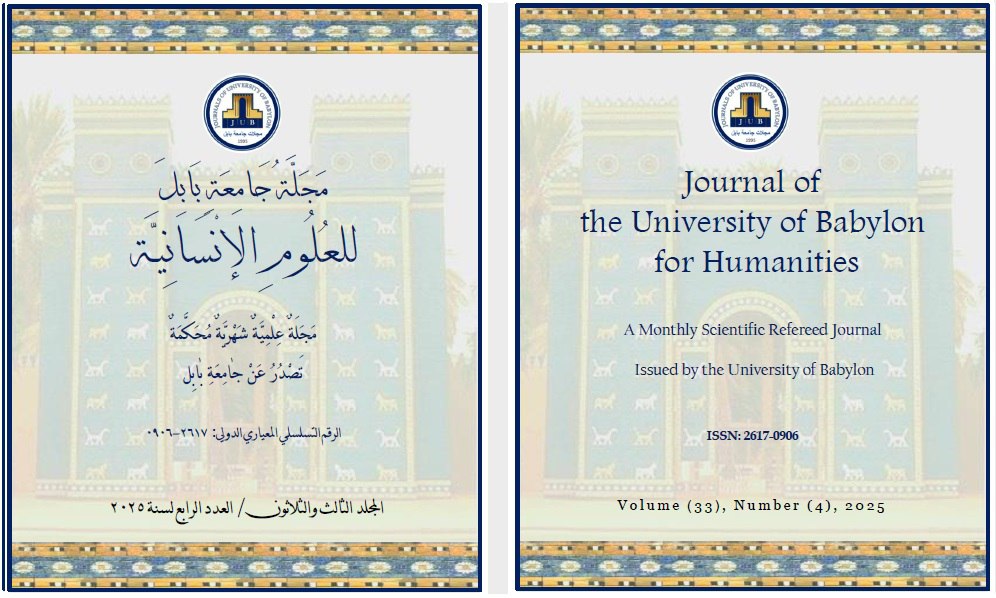The Specialty of the Constitutional Court in Interpreting the Constitution’s Texts
Main Article Content
Abstract
The judiciary is the body with the original jurisdiction to interpret the provisions of the constitution, whether it is constitutionally stipulated or not. It is worth noting that the constitutional legislator must regulate the issue of interpreting constitutional texts and specify the body competent to interpret, and how interpretation is requested. The constitution’s designation of the body competent to interpret prevents multiple sources of interpretation or bodies claiming jurisdiction to interpret, which leads to a kind of confusion in applying the text that differs in its interpretation, as each body will adopt an interpretation that is consistent with its orientations and policy. Since the constitution is a positive law, its texts may be subject to some deficiency and ambiguity that requires interpretation and clarification, which is what the constitutional judge does by using the means that enable him to find the correct interpretation. The interpretation of the constitutional judge is binding on all state institutions, since this jurisdiction is originally part of the core work of the constitutional judge, who must first interpret the text before acting upon it. Due to the importance and seriousness of this jurisdiction, most of the world’s constitutions have sought to determine the body competent to interpret the constitution, while specifying the frameworks and features of this jurisdiction, which is what the Iraqi Constitution of 2005 referred to in its determination of the jurisdiction of the Federal Supreme Court in interpreting constitutional texts and removing any ambiguity that may befall them.
Article Details
Issue
Section

This work is licensed under a Creative Commons Attribution 4.0 International License.

